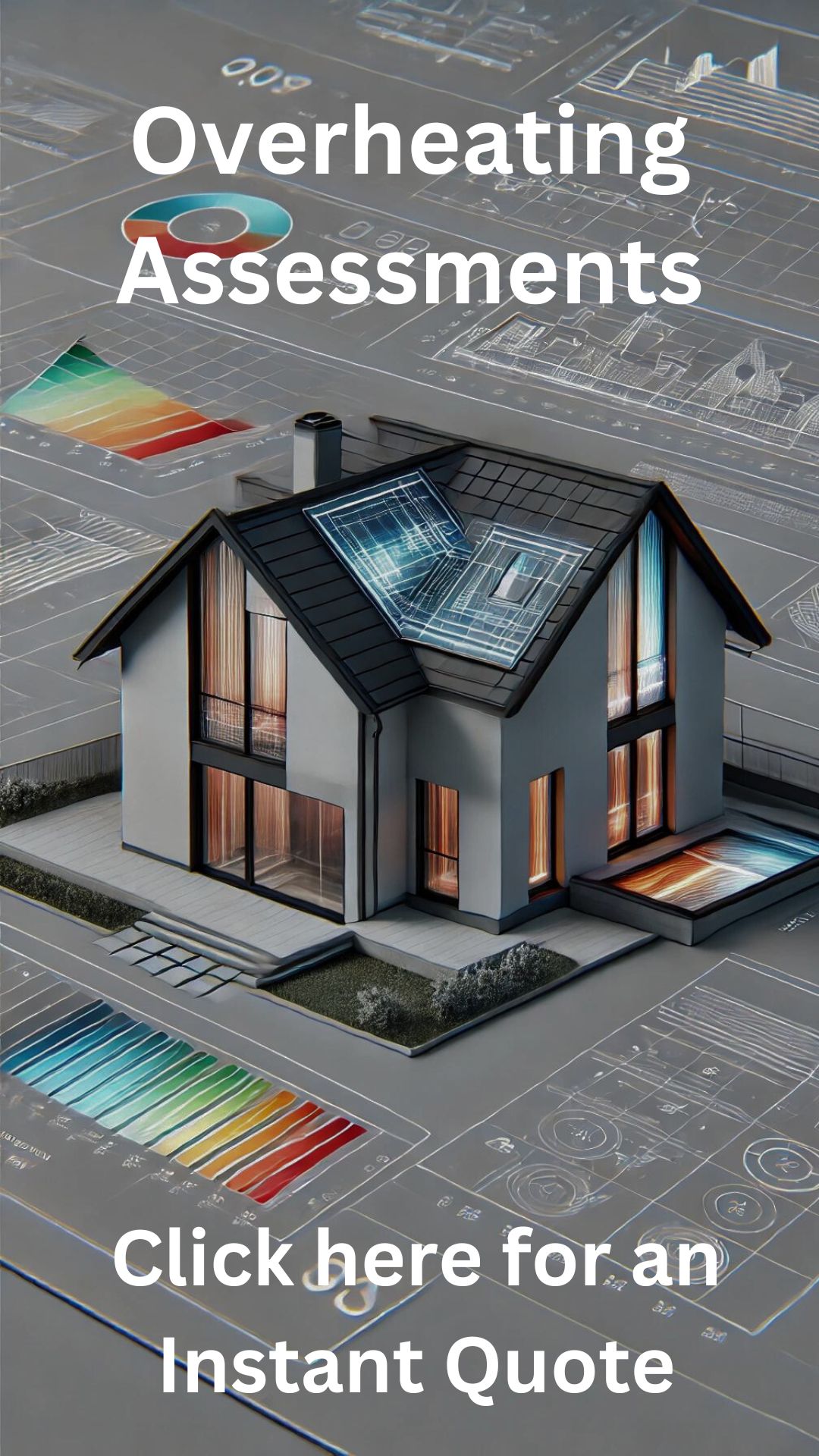As of 1 June 2020, all landlords must have the electrical safety certificate carried out. For new tenancies, the inspection routine should be in place from 1 July 2020. For existing tenancies, the deadline is 1 April 2021.
If you rent out a property, then yes, you need an electrical safety certificate that is less than five years old. If you have yet to conduct your electrical safety check or want to find out more about the certification process, then this blog post covers everything you need to know.
Five Yearly Electrical Checks
The new rules state that a competent and qualified person must complete the inspection. The maximum period between assessments is five years. However, if a previous report indicated that the next one should be carried out sooner, you need to stick to this revised timeline.
Rules For HMOs
Before the new rules, HMOs were already required to have inspections every five years. This has not changed since the new regulations came into effect, so you can stick to your current schedule if you operate an HMO.
Occupancy Changes
There is no requirement to get a new Electrical Installation Condition Report (EICR) when your tenants change. However, as the landlord, you are responsible for ensuring that the property is safe for your new tenants. So, it is advisable to get one done. The minimum you should do is a visual inspection of all the electrics in the property for any signs of wear.
Electrical Safety Certificate
It’s vital that as a landlord, you maintain copies of your inspection report. This is your electrical safety certificate. Your tenants can request a copy of the Electrical Installation Condition Report (EICR), and new tenants should receive a copy before they move in.
Your local authority can also ask for a copy of the report. If they do so, you will only have seven days to get it to them.
An EICR will indicate if there is any remedial work required. You need to act on this information. However, you also need to provide written confirmation that the work has been completed. This should go to both the tenant and the local authority, as necessary.
The Inspection
An EICR is an inspection into the fixed electrics in the building. This covers the wiring, lighting, consumer unit, and sockets. Any items that are permanently plugged in with also be included, such as showers, extractor fans, and ovens.
The inspection aims to identify any possible risks. This can be in the form of overloaded installations and the dangers of shocks and fire. It will also highlight any defective electrical work and a lack of earthing or bonding.
The whole inspection process usually takes between 3 to 5 hours, depending on the size of the property.
Inspection Results
If your report returns a passing result, then you don’t need to take any more action.
If the inspector has concerns, they will use the following codes:
- C1 – There is a clear and present danger. The inspector may need to take action then and there to prevent injury
- C2 – Potentially dangerous
- FI – Further investigation needed
- C3 – Improvement recommended.
If your report has the codes C1, C2, or FI, you must take immediate action. In the case of C3, you do not have to make changes, but you may have to follow a recommendation for a shorter reinspection timeframe.
Let Us Manage Your Landlord Certificates For You
At Assessment Hive, we know it can be confusing for landlords to keep track of all the reports, certificates and tests that are required. This is why we’re here to manage and take care of all of your certificates for you. From the Electrical Installation Condition Report to Portable Appliance Testing as so much more; we can take all the stress away. Discover our hassle-free booking process today by getting in touch with our team.







